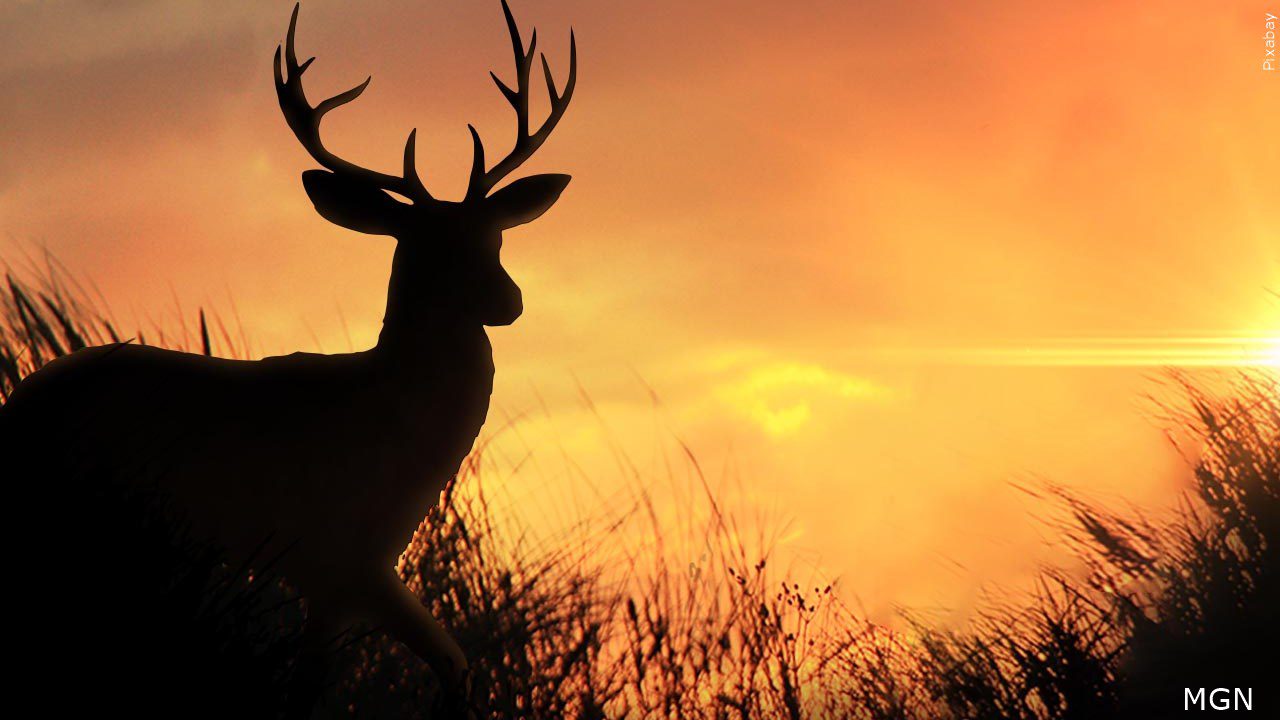Ahead of deer hunting season, DNR talks CWD strategy

Deer hunting (MGN)
Minnesotans can now purchase their deer hunting licenses for the 2022 season. The DNR says hunters can expect a healthy deer population, with plenty of opportunities to harvest deer.
“We’re excited about deer hunting this year,” said Kelly Straka, wildlife section manager for the Minnesota Department of Natural Resources. “Hunters in 20% of our deer permit areas will have increased opportunities for harvest, and opportunities in 70% of DPAs remain unchanged from last year. In some areas of northern Minnesota, severe winter conditions have impacted low deer numbers, so hunter opportunity in these areas is designed to help stabilize or increase those populations.”
Minnesota has the following deer seasons:
- Archery: Saturday, Sept. 17, through Saturday, Dec. 31
- Youth and early antlerless: Thursday, Oct. 20, through Sunday, Oct. 23
- Firearms: Saturday, Nov. 5, with various closing dates depending on a hunter’s DPA
- Muzzleloader: Saturday, Nov. 26, through Sunday, Dec. 11
They’ve added eight more Deer Permit Areas. And increased bag limits or lottery permits in 28 of these areas, 90 have remained the same, and lowered the limit in 12.
Ultimately hunter should familiarize themselves with their DPAs as listed on the DNR’s website.
Managing CWD
And as far as managing chronic wasting disease, the DNR has been adapting to a statewide approach rather than monitoring specific areas. It’s definitely more aggressive. This the seventh year they’ve managed CWD.
A wild white tail deer in the city of Grand Rapids was determined to have chronic wasting disease. This prompted their next decision:
“We know that CWD is still rare in Minnesota, but it’s always fatal disease. It remains a major concern for the health of our wild deer herd, as well as the vitality and tradition of deer hunting in Minnesota. And we know that that activity has important economic impacts in addition to its long standing tradition for many Minnesotans,” said Sarah Strommen, commissioner of the Minnesota DNR.
The effort starts with more partnerships with taxidermists, piloting mail in sample kits, and expanding access to appointments at sampling offices.
The DNR says it will have fewer self-service sampling stations this fall than in the past and, with the exception of point-based surveillance zones, the self-service stations will only be available in firearms season.
The revised approach will allow the agency and hunters to work together to ensure robust data collection, the DNR says.
The agency says it is still conducting rigorous sampling in areas where CWD has been detected, and it continues to make CWD sample submissions mandatory in all CWD zones on opening weekend of the firearms season. Carcass movement restrictions also remain in effect for CWD management and control zones.